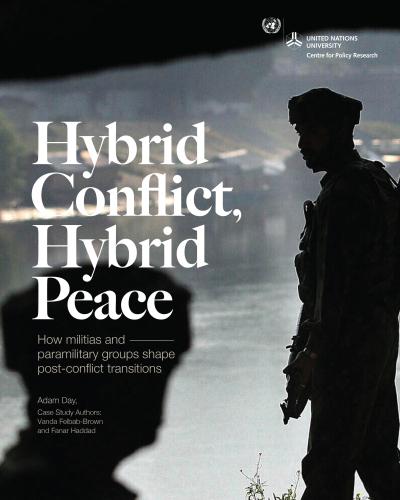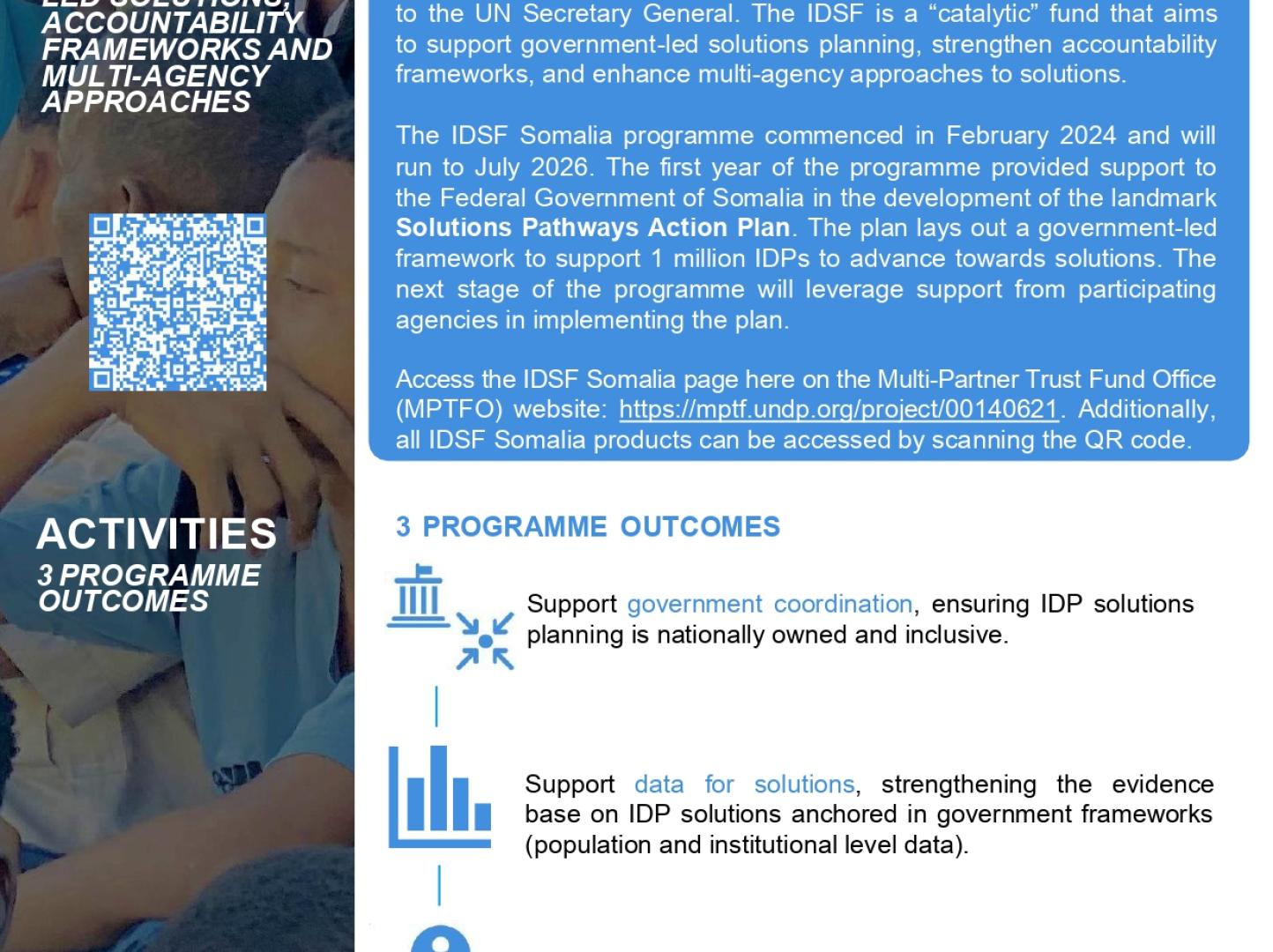The problem with militias in Somalia: Almost everyone wants them despite their dangers

Outline of this study
This study first provides an overview of the evolution and current state of the political, economic and battlefield power of al-Shabaab, alongside the capacities and deficiencies of both the various Somali national security services and the African Union Mission in Somalia (AMISOM). These dynamics take place in a fraught political context: tensions have risen between the Government and the federal member states, and there is broader geopolitical and regional competition for influence in Somalia. The second part of the study analyses the structural and political drivers of militia formation and persistence in Somalia. It also describes the pro-militia arguments made by Somali politicians, government officials, clan elders and international actors.
The second section of the study also reviews various types of militia groups in Somalia, including clan-based forces, contract militias, federal member state paramilitary darwish and militias sponsored by external actors. To understand how these militias form and operate, the study provides a detailed portrait of several prototypical militia groups — namely, Macawiisleey, Ahlu Sunna Wal Jama’a, the South-West Special Police, Mukhtar Robow’s militias, Ahmed Madobe’s militias (the 116 Jubbaland State Forces), the PMPF and the PSF. The section concludes with an analysis of the specific risks associated with the activities of the main militias across Somalia.
The third section of the study describes the lack of a consistent policy towards militia groups in Somalia and the increasing tendency of various international actors to embrace and bolster militias. This portion of the study explains the international community’s dilemmas in deciding how to deal with these newly strengthened forces. It reviews current and potential policies for reducing the scale and negative effects of the militias, identifying the feasibility and likely effectiveness of each.




